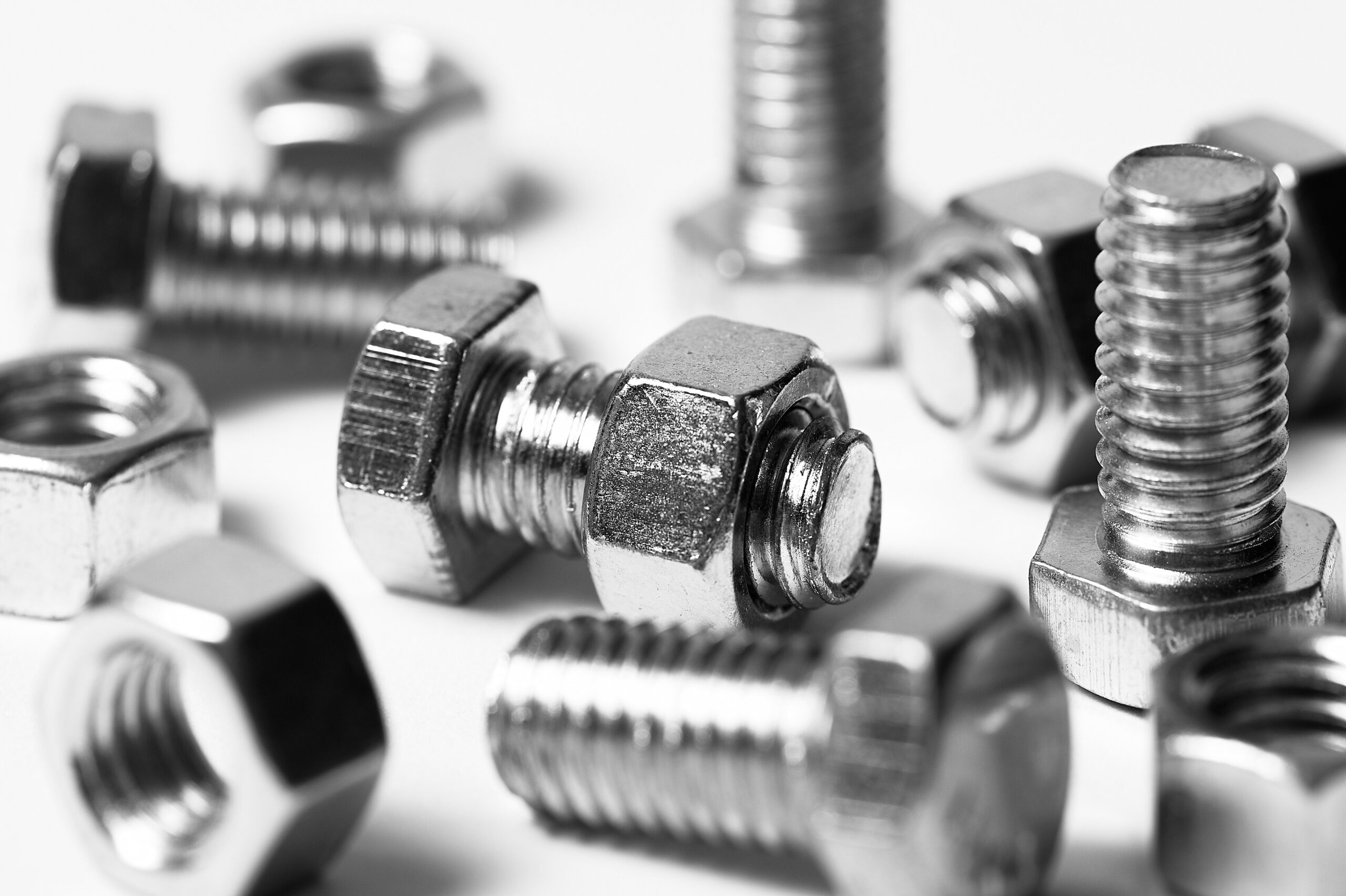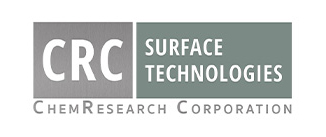
14 Mar Understanding Anodizing vs. Passivation
Anodizing and passivation are two different surface treatments designed to improve the durability and corrosion resistance of metals. Each method offers unique benefits that are ideal for different applications. In this post, we’ll explore the anodizing vs. passivation processes, the important benefits they provide, and their most common applications.
Key Differences Between Anodizing and Passivation
- Anodizing is an electrolytic process that increases the thickness of the natural oxide layer on a metal surface.
- Passivation is a chemical process that removes free iron and other contaminants from a metal surface, resulting in a protective oxide layer.
- Anodizing is primarily used for aluminum and its alloys, while passivation is typically applied to stainless steel.
Four Benefits of Anodizing
1: Corrosion Resistance
Anodizing uses controlled oxidation to produce a thick, porous oxide layer. This layer acts as a shield against environmental elements, preventing corrosion and rusting. The enhanced corrosion resistance prolongs the lifespan of the substrate, helping it last longer outdoors and in harsh environments.
2: Durability and Wear Resistance
Compared to untreated metals, anodized surfaces have superior durability and wear resistance. The hardened surface not only withstands abrasion, it also maintains its finished appearance over time. Anodizing is an ideal choice for applications where wear and tear are common, such as in the aerospace, automotive, and architectural industries.
3: Color Customization
Anodizing opens up a world of possibilities when it comes to aesthetics. Various dyes can be added during the process to change the color of the metal surface. Unlike painted color coatings that may chip or peel, anodized colors are integrated into the oxide layer. This ensures a long-lasting and vibrant finish.
4: Electrical Insulation
Anodized aluminum has excellent electrical insulation properties. It’s an ideal choice for electronic and electrical applications, where a non-conductive surface is crucial for preventing short circuits and malfunctions. The anodized layer serves as an effective insulator while maintaining the structural integrity of the components.
Common Anodizing Applications:
- Aerospace components
- Architectural elements
- Electronic devices
- Automotive parts
Four Benefits of Passivation
1: Corrosion Resistance
Like anodizing, passivation also has the ability to enhance corrosion resistance. Whether it’s applied to stainless steel, aluminum, or other alloys, passivation creates a protective oxide layer on the metal’s surface. This layer acts as a barrier that prevents the intrusion of corrosive elements such as moisture, chemicals, and salts.
2: Extended Lifespan
Higher corrosion resistance also helps extend the substrate’s lifespan. By safeguarding metals from corrosion and environmental damage, passivation slows deterioration. Passivation is also a great choice for metal parts that require frequent cleaning. While cleaning chemicals can wear down the natural oxide layer of a metal surface, passivation makes it much more durable.
3: Improved Structural Integrity
Over time, wear, tear, and corrosion can compromise the structural integrity of metal components. The oxide layer formed during passivation serves as a protective shield that enables the substrate to retain its structural and functional capabilities—even in challenging conditions. Passivation is ideal for metal parts that are subjected to harsh environments, and is often used in the oil and gas industries.
4: Enhanced Appearance
Passivation also provides aesthetic benefits. The passivation process can enhance the appearance of materials by creating a clean and polished finish. This makes passivation the preferred choice in applications where aesthetics are crucial, such as architectural elements and consumer products.
Common Passivation Applications
- Surgical instruments
- Chemical processing equipment
- Food processing machinery
- Aerospace components
Anodizing and Passivation Services in Phoenix, Arizona
Whether you need anodizing or passivation depends on the specific metal, application, and desired properties for your finished parts. But no matter which process you need, selecting an experienced metal finishing provider is crucial.
For expert metal finishing services with high quality results, choose CRC Surface Technologies. We offer comprehensive anodizing and passivation services that ensure the optimal performance and longevity of your metal components. Call us at 602-253-4175 today or email rfq@chemresearchco.com to request a quote.
Images used under creative commons license – commercial use (3/14/2024). Photo by Edge2Edge Media on Unsplash

